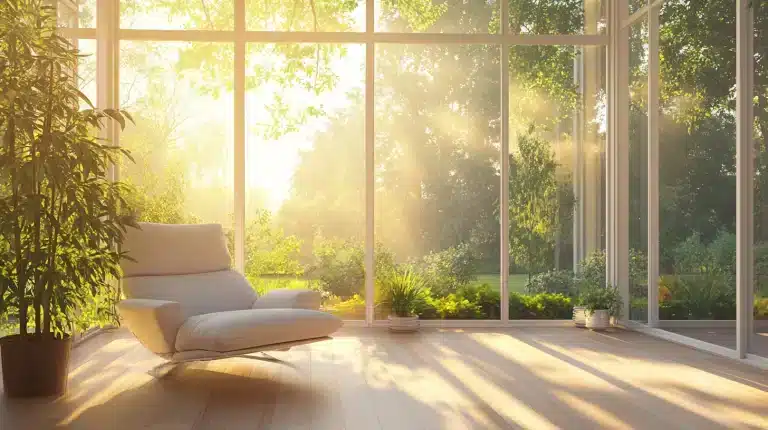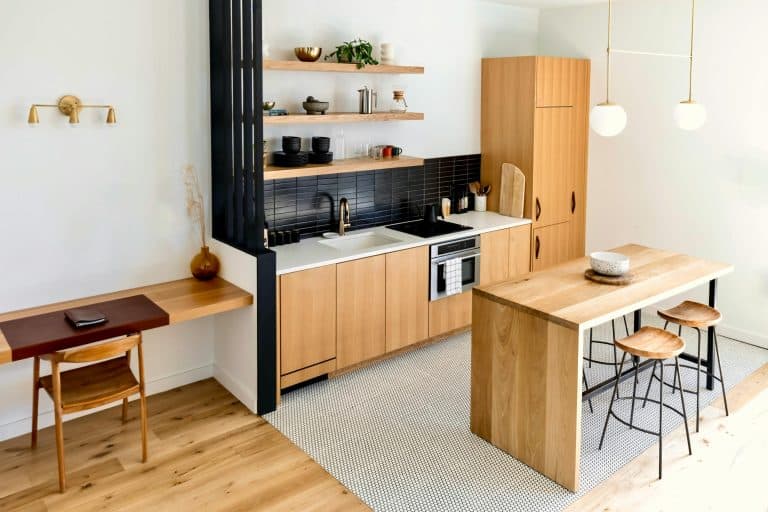When it comes to designing spaces with flawless lighting, choosing the right materials can make all the difference. The way light interacts with its environment directly impacts the mood, functionality, and overall aesthetic.
Whether you’re working in a cozy living room or a sleek commercial space, understanding how materials diffuse light is key to achieving the perfect ambiance.
The Role of Plastics in Light Diffusion
Plastics are a go-to choice for light diffusion because they combine versatility, durability, and affordability. These materials perform reliably across a wide range of applications, from decorative light fixtures to industrial setups.
Popular plastic options like acrylic and polycarbonate excel at evenly scattering light. Acrylic is highly regarded for its clarity and smooth diffusion, making it a top pick for sleek, modern lighting designs.
Polycarbonate, with its remarkable strength and impact resistance, is perfect for both indoor and outdoor uses. Retailers such as Simply Plastics offer an extensive selection of these materials, ensuring you can find the ideal solution for any project.
Acrylic
Acrylic sheets are widely recognised for their efficiency in light diffusion. They are lightweight, durable, and available in a variety of finishes, including frosted, opal, and clear options. These variations allow you to control the brightness and intensity of light, tailoring the atmosphere to your specific needs.
Frosted acrylic, in particular, provides a soft glow, reducing harsh shadows and glare. This makes it ideal for applications such as pendant lights, ceiling fixtures, and even illuminated signage. Its versatility ensures it complements both traditional and contemporary designs effortlessly.
The Strength of Polycarbonate in Diffusion
For environments requiring robust solutions, polycarbonate excels as a lighting material. Its resilience against impact and heat makes it suitable for high-traffic or industrial areas. Despite its durability, polycarbonate doesn’t compromise on light quality—it effectively diffuses light while maintaining a sleek appearance.
Whether you’re designing protective light covers or fixtures for outdoor use, polycarbonate offers reliability without sacrificing style. It’s also a top choice for public spaces where safety and efficiency are paramount.
Eco-Friendly Choices for Sustainable Spaces
As sustainability takes centre stage in design, recycled plastics are gaining traction as light-diffusing materials. These options allow you to create beautiful, functional spaces while minimising environmental impact. They deliver the same performance as traditional plastics but with an added benefit of reducing waste.
Customising Light for Every Environment
One of the biggest advantages of plastic lighting materials is the ability to customise their properties. By selecting the right finish, thickness, and colour, you can achieve the exact level of light diffusion required for your project. This flexibility ensures that plastics can adapt to any setting, whether it’s a soothing spa, a bustling office, or an inviting retail space.
Parting Words
Creating the perfect ambiance begins with understanding the tools at your disposal. By incorporating high-quality plastic lighting materials into your designs, you ensure that every corner of your space radiates with the right amount of warmth and brightness. These materials provide the ideal combination of functionality, style, and sustainability, ensuring that your lighting not only meets but exceeds expectations.









